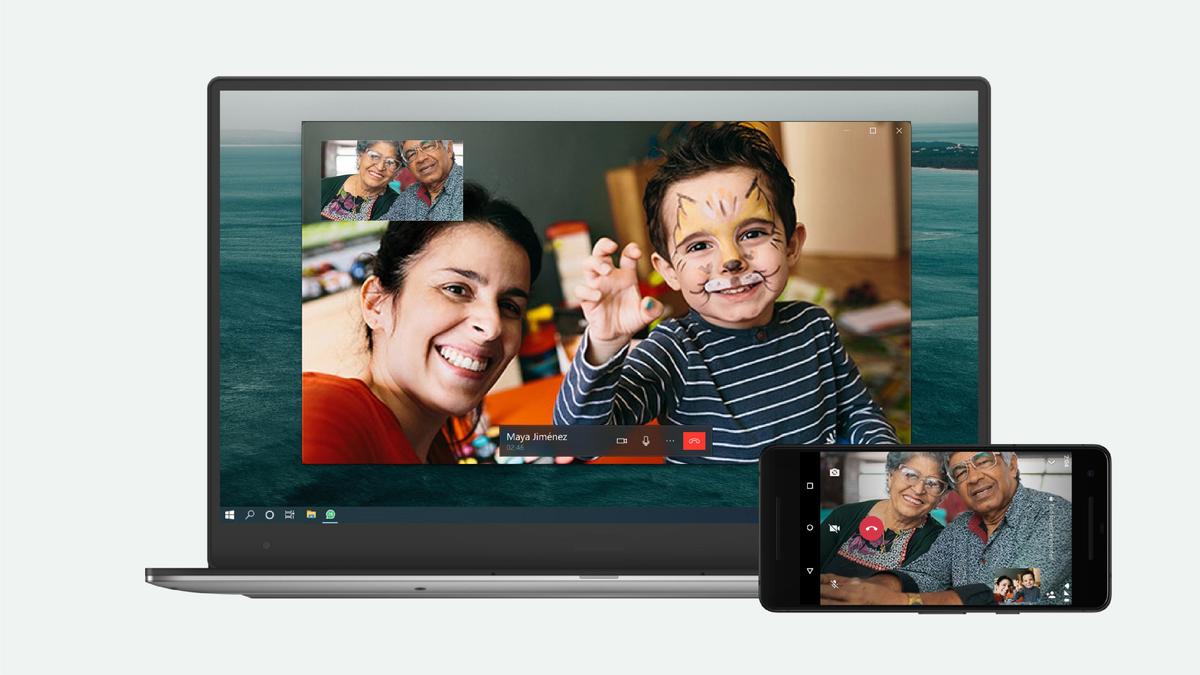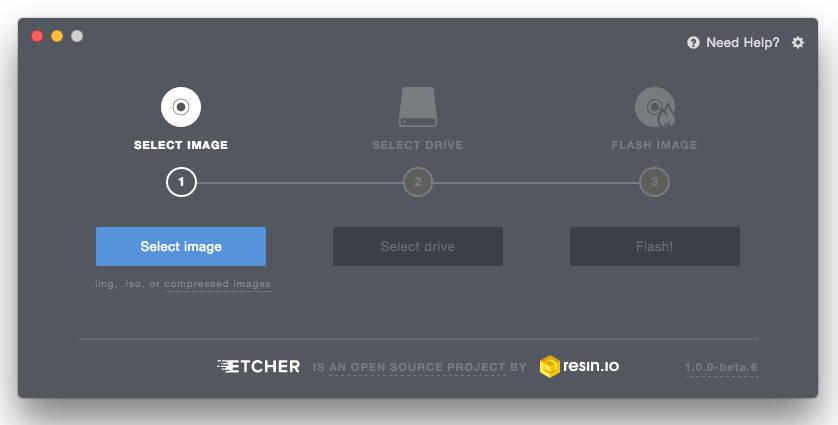

- #Usb boot tool for mac how to
- #Usb boot tool for mac install
- #Usb boot tool for mac update
- #Usb boot tool for mac windows 10
Your USB stick should appear as gold/yellow and labelled ‘EFI Boot’. Using the software is also pretty simple and straight forward. Windows USB/DVD Download Tool is the official tool from Microsoft for creating bootable USB and DVD. This will launch Apple’s ‘Startup Manager’ which shows bootable devices connected to the machine. If you are about to use USB bootable software for installing Windows on your computer then this is perfect for you.
#Usb boot tool for mac install
In theory, there’s no reason why you couldn’t boot an older version of macOS, and Apple does offer ways to install older versions on a USB. If you want to use your USB stick with an Apple Mac, you will need to restart or power-on the Mac with the USB stick inserted while the Option/alt () key is pressed. Can I boot older versions of macOS from a USB drive? Our testing gave us no issues when using a USB 2.0 to USB-C connector, so you’re able to press your older USB drives into service.

Am I able to use a USB connection other than USB-C? We recommend 16GB to give yourself enough “wiggle room” when it comes to the installation process. As such, you’ll need a large enough USB drive to store Big Sur. In our experience, you will not be able to do this. Can I split an installation across multiple USB drives? Disk operations on the boot drive can be performed safely from a USB stick as well. You can now run the operating system as normal and use this USB drive to boot up your Mac. If you’re using an Apple Silicon machine, you’ll need to insert the USB drive, shut the Mac down, then reboot and hold the Power key until you come to the Startup Manager.įor Intel Macs, restart and hold the Option key to enter into the boot selection dialog.įor both types of machines, use your keyboard’s arrow keys to select the USB drive from the list of bootable devices, click to confirm, and your USB drive will begin to boot. You could also use the Startup Manager to select your boot drive when you start macOS. The first step is to identify the USB drive device name using diskutil list.Your Mac will reboot from the USB instead of your default startup disk.
#Usb boot tool for mac how to
Here, I'll describe how to do so on a Mac using a special third party toolĬalled wimlib. Two options are to use Duplicate (a free utility which can copy and. Official installation instructions from Microsoft,īut that only covers creating the USB drive from Windows. Whats needed for a clean install on a Mac.

The solution is to split the file, as described in the
#Usb boot tool for mac windows 10
One of the files in the current 64-bit version of the Windows 10 installer, Requires the USB drive be formatted as FAT32, which has a file size limit of 4 GB. Solution: There are many ways to create a macOS bootable USB drive on Windows 10 or other Windows OS, like VM, command line. This helped, but I came across a problem: the installer He suggests formatting the USB disk on the command lineĪnd copying the files over manually. I found a guide from a guy called Josh Beam Originally it seems that you could create a bootable USB disk using MacOS's Boot Camp Assistant ,īut that option seems to've been removed in recent versions of MacOS. Special requirements in order to be bootable (it uses a special UEFI boot process). Normally I use etcher for burning ISOs, but a Windows USB installer has Wimlib and some terminal/command prompt usage. The process is straightforward, but requires one third party tool called Windows 10 disk image (ISO) file from Microsoft. If you haven't already done so, you'll need to download the This is a quick "how to" guide to make a bootable Windows 10 USB drive/stick Split size (previously 4000 MB) and suggesting legacy BIOS mode.
#Usb boot tool for mac update
Update : Thanks to Parul Jain for emailing in with the 3800 MB


 0 kommentar(er)
0 kommentar(er)
